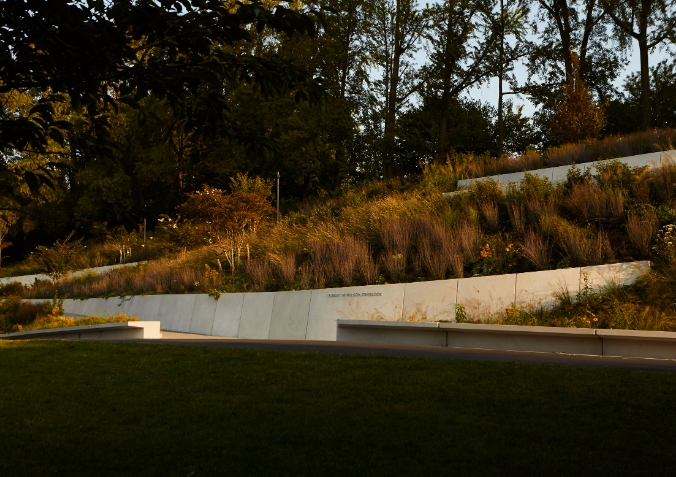Bachelor of Science in Landscape Architecture: A Comprehensive Guide
The Bachelor of Science in Landscape Architecture (BSLA) is an increasingly relevant degree in today’s world, as environmental awareness and sustainable design take center stage. This degree not only equips students with the skills needed to design and implement outdoor spaces but also enables them to address pressing issues like urbanization and climate change. In this article, we will explore key aspects of the BSLA program, career opportunities, and the impact of landscape architecture on our environment.
Understanding the BSLA Program
The BSLA program combines elements of art, science, and technology. Students typically study subjects such as ecology, landscape theory, site design, and environmental planning. In addition to classroom learning, hands-on experiences are integral to the curriculum. Many programs offer fieldwork and internships, allowing students to engage in real-world projects. This practical experience helps develop a robust skill set that prepares graduates for a diverse range of challenges in landscape architecture.
Career Opportunities in Landscape Architecture
Graduates of the BSLA program have a myriad of career options to choose from. Many become licensed landscape architects, working for design firms, government agencies, or even as independent consultants. Their roles may involve designing parks, urban plazas, green roofs, or residential gardens. Others may pivot towards related fields, such as urban planning, environmental restoration, or horticultural therapy. The growing emphasis on sustainable living ensures that the demand for skilled landscape architects remains strong, making this an excellent career choice for environmentally-conscious individuals.
The Impact of Landscape Architecture on the Environment
Landscape architecture plays a crucial role in environmental conservation and public health. Through thoughtful design, landscape architects can create spaces that promote biodiversity, improve air quality, and reduce urban heat. Projects such as green spaces in cities not only enhance aesthetics but also provide vital ecosystems for plants and animals. Additionally, sustainable landscape practices help mitigate stormwater runoff and reduce urban flooding. As communities become more aware of these benefits, the importance of landscape architecture in fostering a healthier environment will only continue to grow.
In conclusion, pursuing a Bachelor of Science in Landscape Architecture opens doors to a fulfilling career focused on enhancing our natural and built environments. Whether through design, planning, or environmental stewardship, graduates can make a significant impact on communities and ecological systems. If you’re interested in this exciting field, consider exploring BSLA programs and envision yourself making a difference through landscape architecture.

